Memory Performance: 16GB DDR3-1333 to DDR3-2400 on Ivy Bridge IGP with G.Skill
by Ian Cutress on October 18, 2012 12:00 PM EST- Posted in
- Memory
- G.Skill
- Ivy Bridge
- DDR3
One of the most important kits in this review is the DDR3-1600 kit for which G.Skill has supplied one of their RipjawsX range. This kit is of importance due to the close price differential to the DDR3-1333 kit ($5 difference), but also as generations of processors go forward we get an ever increasing suggested memory speed of those processors. Take the most recent AMD Trinity processor release for desktops – all but the low end processor supports 1866 MHz memory as the standard out of the box. Now we can be assured that almost all of the processors will do 2133 MHz, but as manufacturers raise that ‘minimum’ compliance barrier in their testing on their IMCs, the ‘standard’ memory kit has to be faster and come down in price also.
Visual Inspection
The RipjawsX kit we have uses a large heatsink design, with the top of the heatsink protruding 9.5mm above the module itself. As mentioned with the Ares DDR3-1333 kit, there are multiple reasons for why heatsinks are used, and pretty low on that list is for cooling. More likely these are placed initially for protecting which ICs are used in the kit from the competition (using a screwdriver and a heatgun to remove them usually breaks an IC on board), then also for aesthetics.
The heatsink for RipjawsX uses a series of straight lines as part of the look, which may or may not be beneficial when putting them into a system with a large air cooler. Here I put one module into a miniITX board, the Gigabyte H77N-WiFi, with a stupidly large and heavy air cooler, the TRUE Copper:
As we can see, the cooler would be great with the Ares kit, but not so much with the RipjawsX. The kit will still work in the memory slot like this, though for piece of mind I would prefer it to be vertical. As we will see with the TridentX (the 2400 MHz kit), sometimes having a removable top end heatsink helps.
JEDEC + XMP Settings
| G.Skill | |||||
| Kit Speed | 1333 | 1600 | 1866 | 2133 | 2400 |
| Subtimings | 9-9-9-24 2T | 9-9-9-24 2T | 9-10-9-28 2T | 9-11-10-28 2T | 10-12-12-31 2T |
| Price | $75 | $80 | $95 | $130 | $145 |
| XMP | No | Yes | Yes | Yes | Yes |
| Size | 4 x 4 GB | 4 x 4 GB | 4 x 4 GB | 4 x 4 GB | 4 x 4 GB |
|
|
|||||
| MHz | 1333 | 1600 | 1867 | 2134 | 2401 |
| Voltage | 1.500 | 1.500 | 1.500 | 1.650 | 1.650 |
| tCL | 9 | 9 | 9 | 9 | 10 |
| tRCD | 9 | 9 | 10 | 11 | 12 |
| tRP | 9 | 9 | 9 | 10 | 12 |
| tRAS | 24 | 24 | 28 | 28 | 31 |
| tRC | 33 | 33 | 37 | 38 | 43 |
| tWR | 10 | 12 | 14 | 16 | 16 |
| tRRD | 4 | 5 | 5 | 6 | 7/6 |
| tRFC | 107 | 128 | 150 | 171 | 313 |
| tWTR | 5 | 6 | 8/7 | 9/8 | 10/9 |
| tRTP | 5 | 6 | 8/7 | 9/8 | 10/9 |
| tFAW | 20 | 24 | 24 | 25 | 26 |
| tCWL | - | 7 | 7 | 7 | 7 |
| CR | - | 2 | 2 | 2 | 2 |



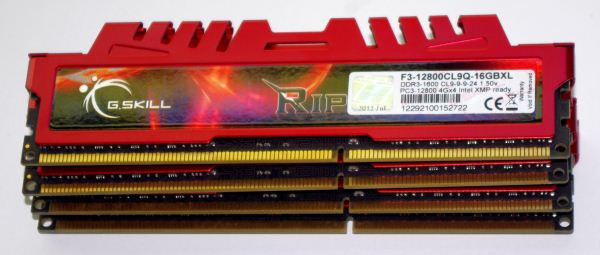
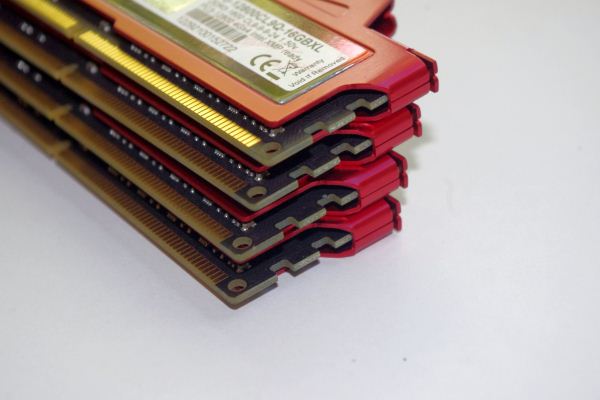
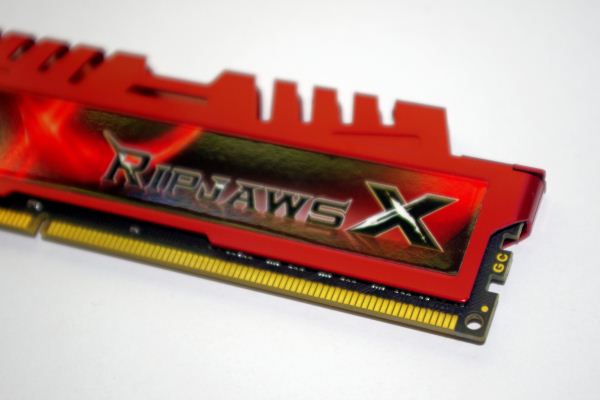


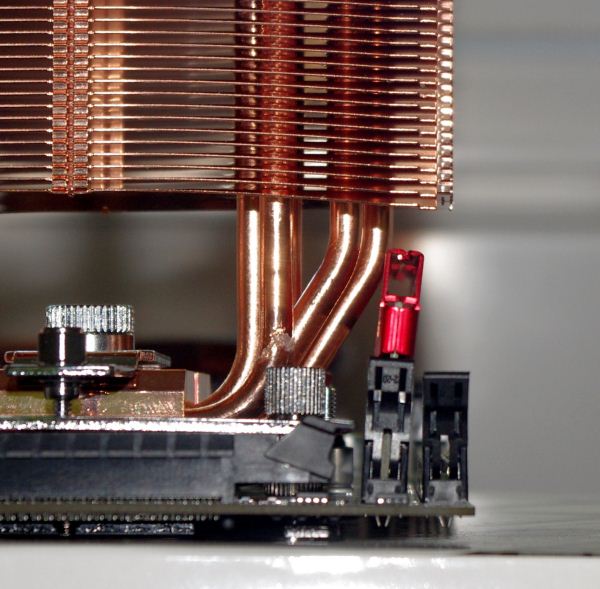






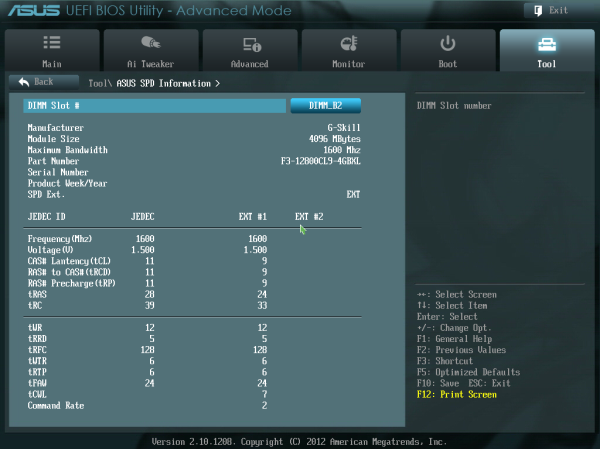








114 Comments
View All Comments
Calin - Friday, October 19, 2012 - link
I remember the times when I had to select the speed of the processor (and even that of the processor's bus) with jumpers or DIP switches... It wasn't even so long ago, I'm sure anandtech.com has articles with mainboards with DIP switches or jumpers (jumpers were soooo Pentium :p but DIP switches were used in some K6 mainboards IIRC )Ecliptic - Friday, October 19, 2012 - link
Great article comparing different speed ram at similar timings but I'd be interested in seeing results at different timings. For example, I have some ddr3-1866 ram with these XMP timings:1333 @ 6-6-6-18
1600 @ 8-8-8-24
1866 @ 9-9-9-27
The question I have is if it better to run it at the full speed or lower the slower speed and use tighter timings?
APassingMe - Friday, October 19, 2012 - link
+ 1+ 2, if I can get away with it. I've always wondered the same thing. I have seen some minor formulas designed to compare... something like frequency divided by timing, in order to get a comparable number. But that is pure theory for the most part, I would like to see how the differences in the real world effects different systems and loads.
Spunjji - Friday, October 19, 2012 - link
But in all seriousness, I would find that to be much more useful - it's more likely to actually be used for IGP gaming.If you could go as far as to show the possible practical benefits of the higher-speed RAM (e.g. new settings /resolutions that become playable) that would be spiffing.
vegemeister - Friday, October 19, 2012 - link
Stop using 2 pass for benchmarks. Nobody is trying to fit DVD rips onto CD-Rs anymore. Exact file size *does not matter*. Using the same CRF for every file in a set (say, a season of a television series) produces a much better result and takes less time (you pretty much avoid the first pass).IanCutress - Friday, October 19, 2012 - link
The 2-pass is a feature of Greysky's x264 benchmark. Please feel free to email him if you would like him to stop doing 2-pass. Or, just look at the 1st pass results if the 2nd pass bothers you.Ian
rigel84 - Friday, October 19, 2012 - link
Hi, I don't know if I somehow skipped it in the article, but if I buy a 3570k and some 1866mhz memory, wouldn't I have to overclock the CPU in order for them to run at that speed? I'm pretty sure I had to overclock my RAM on my P4 2,4ghz, in order to use the extra mhz.. Does my memory fail me or has things changed?IanCutress - Friday, October 19, 2012 - link
No, you do not have to overclock the CPU. This has not been the case since the early days :D. Modern computer systems in the BIOS have an option to adjust the memory strap (1333/1600/1866 et al.) as required. On Intel systems and these memory kits, all that is needed it to set XMP - you need not worry about voltages or sub-timings unless you are overclocking the memory.Ian
CaedenV - Friday, October 19, 2012 - link
as there is an obvious difference with ram speed for onboard graphics, the next obvious question is one of how much memory is needed to prevent the system from throwing things back on the HDD?The reason I ask is that 16GB, while relatively cheap today, is still a TON of ram by today's standards, and people who are on a budget where they are playing with igp are not going to be able to afford an i7, and much less be willing to fork over ~$100 for system memory. However, if there is no performance hit moving down to 8GB of system memory it becomes much more affordable for these users to purchase better performing ram because the price points are even closer together between the performance tiers. As I understand memory usage, there should be no performance hit so long as there is more memory available than is actively being used by the game, so the question is how much is really needed before hitting that need for more memory? is the old standard of 4GB enough still? or do people need to step up to 8GB? or, if nothing is getting passed onto a dedicated GPU, do igp users really need that glut of 16GB of ram?
Lastly, I remember my first personal build being a Pentium 3 1GHz machine for a real time editing machine for college. I remember it being such an issue because the Pentium 4 was out, but was tied to Rambus memory which had a high burst rate, but terrible sustained performance, and so I agonized for a few months about sticking with the older but cheaper platform that had consistent performance, vs moving up to the newer (and terribly more expensive) P4 setup which would perform great for most tasks, but not as well for rendering projects. Anywho, I ended up getting the P3 with 1GB of DDR 133 memory. I cannot remember the actual price off hand (2001), but I do remember that the system memory was the 2nd most expensive part of the system (2nd to the real time rendering card which was $800). It really is mindblowing how much better things have gotten, and how much cheaper things are, and one wonders how long prices can remain this low with sales volumes dropping before companies start dropping out and we have 2-3 companies that all decide to up prices in lock step.
IanCutress - Friday, October 19, 2012 - link
With memory being relatively cheap, on a standard DDR3 system running Windows 7, 8 GB would be the minimum recommendation at this level. As I mentioned in my review, in my work load the most I have ever peaked at was 7.7 GB, and that was while playing a 1080p game with all the extras alongside lots of Chrome tabs and documents open at the same time.Ideally this review and comparison should be taken from the perspective that you should know how much memory you are using. For 99.9% of the populace, that usually means 16GB or less. Most can get away with 8, and on a modern Windows OS I wouldn't suggest anything less than that. 4GB might be ok, but that's what I have in my netbook and I sometimes hit that.
Ian